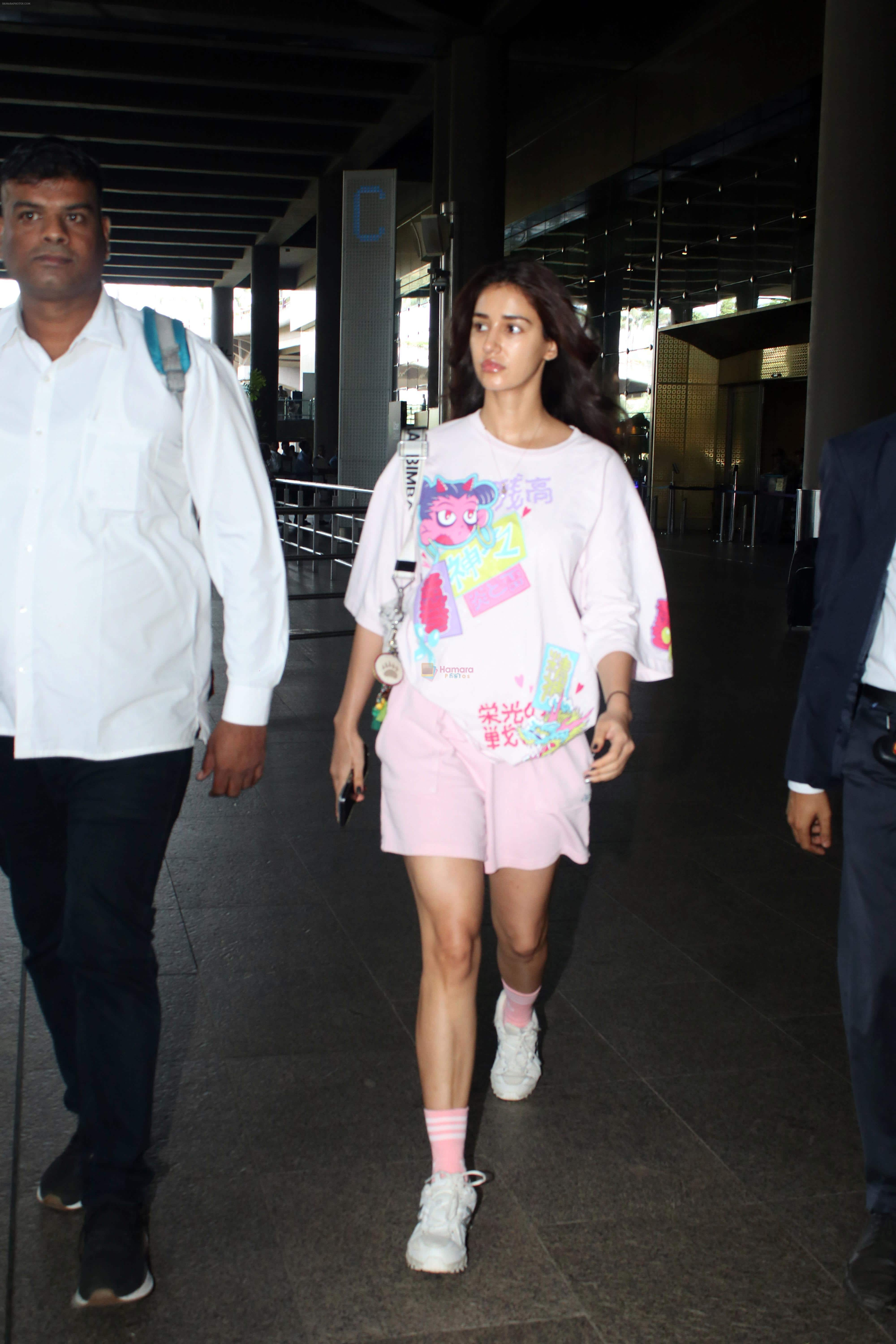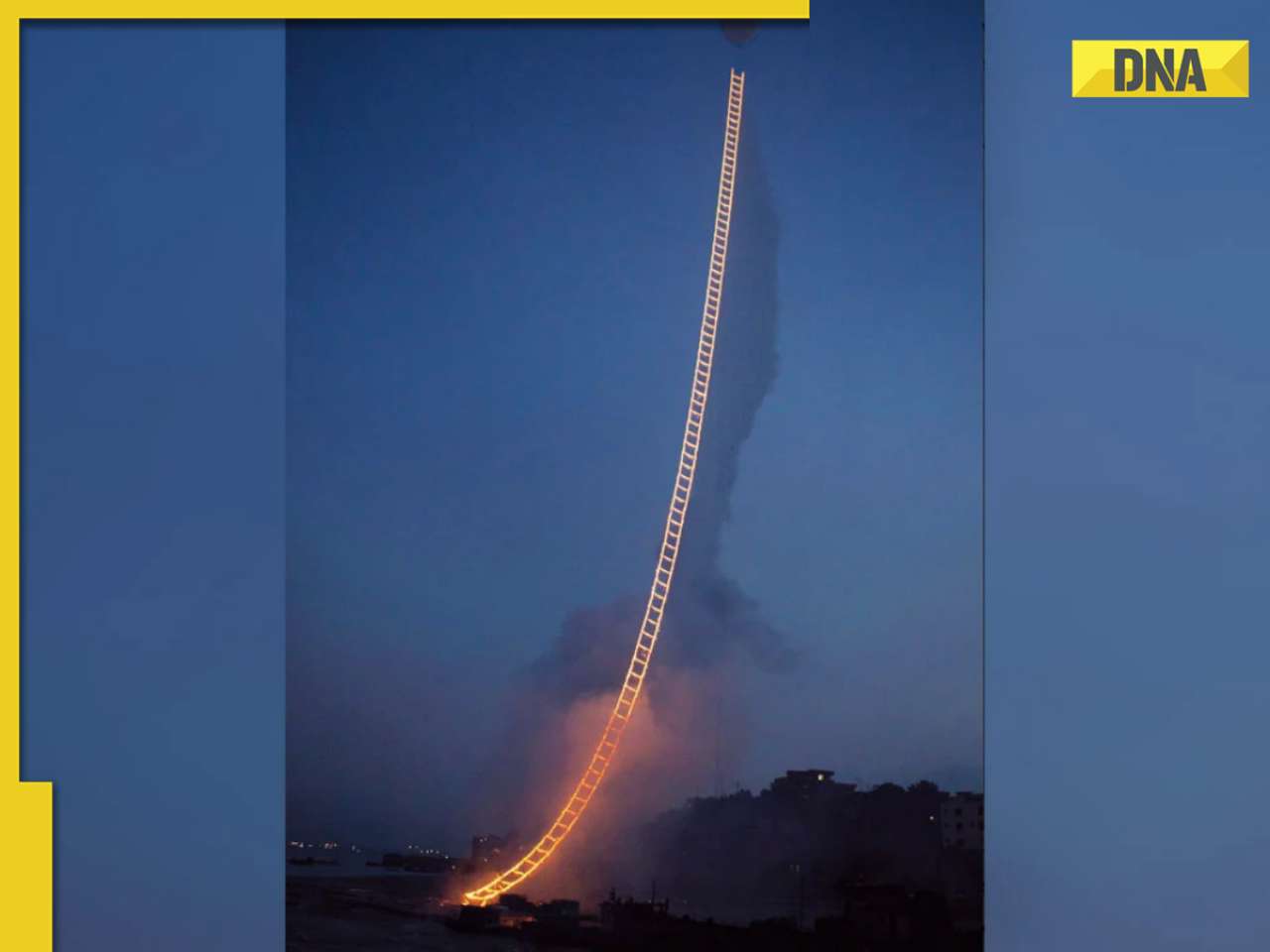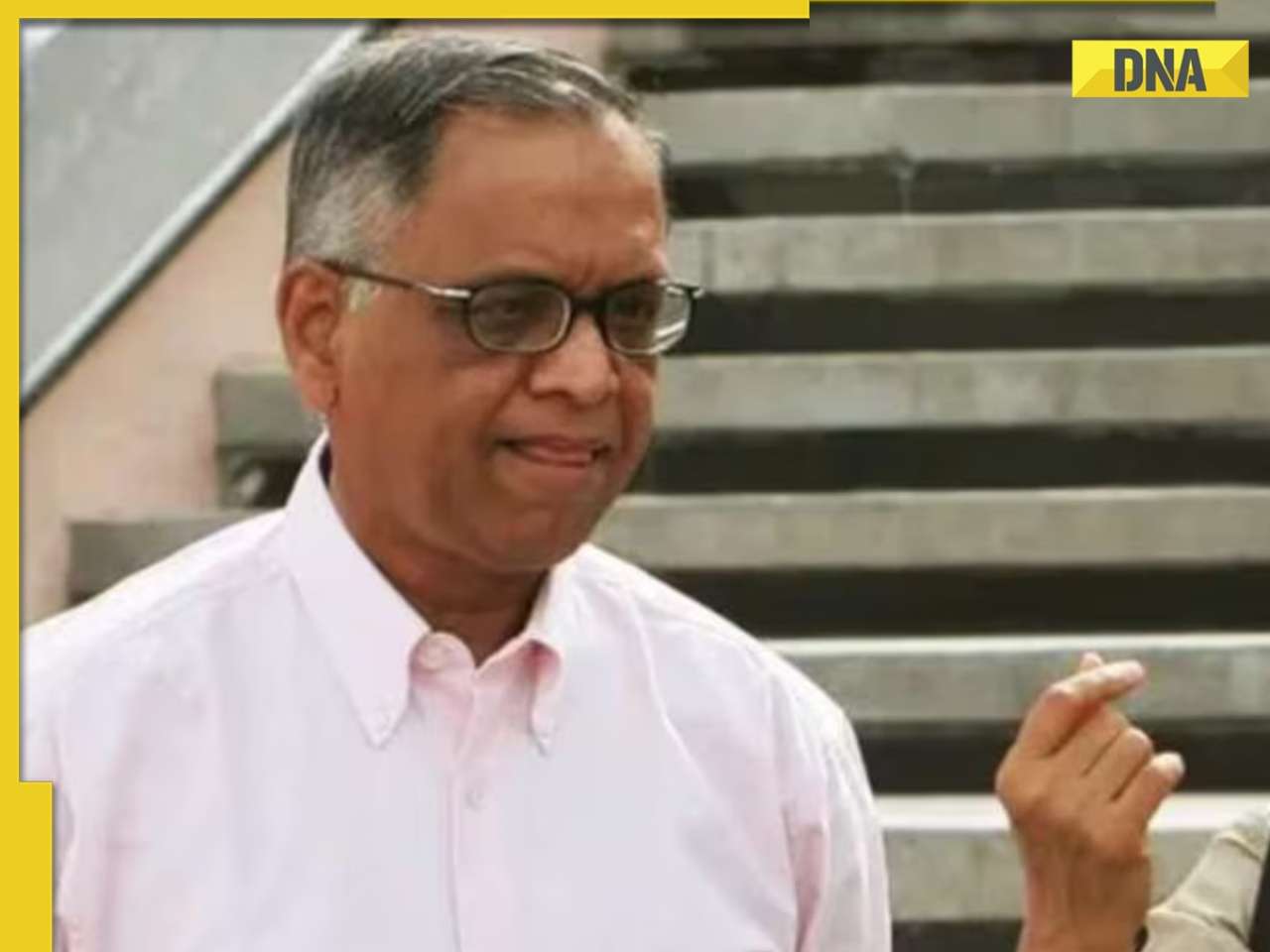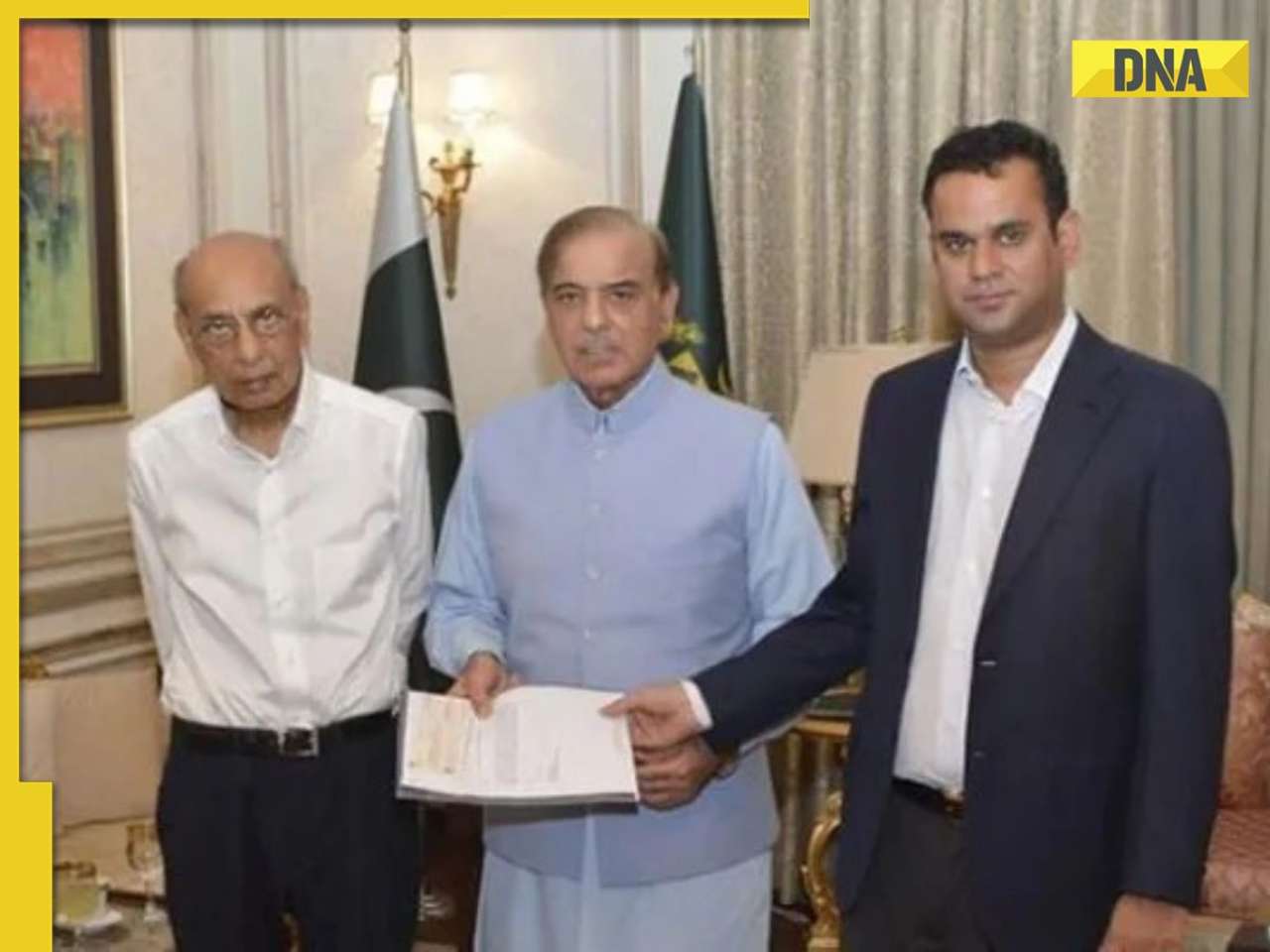At a time when aviation turbine fuel (ATF) prices are moving only skywards, fuel burns due to air traffic congestion at airports.
BANGALORE: At a time when aviation turbine fuel (ATF) prices are moving only skywards, fuel burns due to air traffic congestion at airports, especially Mumbai and Delhi, continue to leave airlines miffed.
All their hopes of reducing holding time (hovering in air before getting permission to land) after the two major airports were handed over the private companies have been dashed as they continue to burn extra fuel because of archaic Air Traffic Control (ATC) procedures and technology, inadequate airport infrastructures and very high runway occupancy (occupancy time on runway between landing and takeoff of two aircraft).
Airlines complain aircraft guzzle over 12% extra jet fuel per hour as they wait in mid-air for their turn to land. This cost could mount by 40-50% if they have to divert their aircraft to other airports for refuelling.
“Since the cost of diverting to other airports is very high, we usually carry additional fuel. This extra fuel increases the weight of the aircraft, and so we end up burning 1-2% additional fuel per hour. Besides this, we burn 10% extra fuel per hour while we wait to land. Thus, we are using 12% extra fuel due to air traffic jams at the airports,” said Air Deccan CEO Warwick Brady.
And airlines lament that the holding time is only getting longer with the rising aircraft and passenger population at the airports. “Every other airline is taking delivery of new aircraft every month. This has increased the number of aircraft and passengers at all airports. It has gone up by over 30-40% from a year ago. As against this, the infrastructure development has not kept pace with it,” said J S Dhillon, vice-president, operations, SpiceJet Ltd.
On an average, Dhillon says, all airlines, put together, are incurring an additional cost of around Rs 3-4 crore per day due to longer waiting time in the air. Dhillon blames the delay in building the second runway at Delhi airport and outdated ATC procedures and technology.
“The pace to airport modernisation at Delhi and Mumbai airport is going very slow. If Kuala Lumpur could build taxi track in few months, why can’t we do the same? Even our ATC rules and technology is more than 20 years old,” fumed Dhillon.
Comparing the runway occupancy of the two metro airports, he said that it is over 70-80% higher than major international airports. “While the time between aircraft’s landing and take-off is around 30 second to one minute at major airports around the world, it is as high as 2-3 minutes at our airports,” Dhillon said.
And as margins of airline evaporate into thin air due to shoddy airport infrastructure, the two private companies - GVK Industries Ltd (Mumbai airport) and GMR Infrastructure Ltd - are yet to come out with a master plan for the airports. It is expected to be out by the September-end or the beginning of October. They also say that since ATC, customs and immigration still remains with the government (Airports Authority of India), they have little control over it.
Hitting the skids
- They blame it on archaic Air Traffic Control procedures and technology, inadequate airport infrastructures besides high runway occupancy
- They lament that the holding time (hovering in air before getting permission to land) is only getting longer with the rising aircraft and passenger population at the airports
Winglets of hope
Airlines like Jet Airways and SpiceJet have turned to better aircraft technology to cut their ATF costs. Both airlines have chosen winglets for their Boeing 737-800s to slash fuel cost. Winglets, which are produced by Aviation Partners Boeing, are upturned fins on the edges of jet wings. It leads to fuel saving of up to 1-2 lakh gallons per aircraft per year, and with the oil prices soaring like never before, this latest aircraft gadget has hit it off very well with airlines. Blended winglets result in block fuel savings of up to 5%.
Jet may report loss in Q1
Jet Airways may post a loss in the first quarter on high fuel costs, fare discounts and expenses from a failed takeover of rival Sahara Airlines Ltd. It had a loss of Rs 1.5 crore in the three months ended June 30 compared with net income of Rs 95.3 crore a year ago, according to the median estimate of seven analysts surveyed by Bloomberg. Jet Airways may have written off Rs 180 crore in the last quarter for expenses it incurred from a failed takeover of Sahara Airlines.
![submenu-img]() House of the Dragon season 2 trailer: Rhaenyra wages an unwinnable war against Aegon, Dance of the Dragons begins
House of the Dragon season 2 trailer: Rhaenyra wages an unwinnable war against Aegon, Dance of the Dragons begins![submenu-img]() Panchayat season 3 trailer: Jitendra Kumar returns as sachiv, Neena, Raghubir get embroiled in new political tussle
Panchayat season 3 trailer: Jitendra Kumar returns as sachiv, Neena, Raghubir get embroiled in new political tussle![submenu-img]() Apple partners up with Google against unwanted tracker, users will be alerted if…
Apple partners up with Google against unwanted tracker, users will be alerted if…![submenu-img]() Meet actress whose debut film was superhit, got married at peak of career, was left heartbroken, quit acting due to..
Meet actress whose debut film was superhit, got married at peak of career, was left heartbroken, quit acting due to..![submenu-img]() Who is the real owner of Delhi's Connaught Place and who collects rent from here?
Who is the real owner of Delhi's Connaught Place and who collects rent from here?![submenu-img]() Meet man who is 47, aspires to crack UPSC, has taken 73 Prelims, 43 Mains, Vikas Divyakirti is his...
Meet man who is 47, aspires to crack UPSC, has taken 73 Prelims, 43 Mains, Vikas Divyakirti is his...![submenu-img]() IIT graduate gets job with Rs 100 crore salary package, fired within a year, he is now working as…
IIT graduate gets job with Rs 100 crore salary package, fired within a year, he is now working as…![submenu-img]() Goa Board SSC Result 2024: GBSHSE Class 10 results to be out today; check time, direct link here
Goa Board SSC Result 2024: GBSHSE Class 10 results to be out today; check time, direct link here![submenu-img]() CUET-UG 2024 scheduled for tomorrow postponed for Delhi centres; check new exam date here
CUET-UG 2024 scheduled for tomorrow postponed for Delhi centres; check new exam date here![submenu-img]() Meet man who lost eyesight at 8, bagged record-breaking job package at Microsoft, not from IIT, NIT, VIT, his salary is…
Meet man who lost eyesight at 8, bagged record-breaking job package at Microsoft, not from IIT, NIT, VIT, his salary is…![submenu-img]() DNA Verified: Is CAA an anti-Muslim law? Centre terms news report as 'misleading'
DNA Verified: Is CAA an anti-Muslim law? Centre terms news report as 'misleading'![submenu-img]() DNA Verified: Lok Sabha Elections 2024 to be held on April 19? Know truth behind viral message
DNA Verified: Lok Sabha Elections 2024 to be held on April 19? Know truth behind viral message![submenu-img]() DNA Verified: Modi govt giving students free laptops under 'One Student One Laptop' scheme? Know truth here
DNA Verified: Modi govt giving students free laptops under 'One Student One Laptop' scheme? Know truth here![submenu-img]() DNA Verified: Shah Rukh Khan denies reports of his role in release of India's naval officers from Qatar
DNA Verified: Shah Rukh Khan denies reports of his role in release of India's naval officers from Qatar![submenu-img]() DNA Verified: Is govt providing Rs 1.6 lakh benefit to girls under PM Ladli Laxmi Yojana? Know truth
DNA Verified: Is govt providing Rs 1.6 lakh benefit to girls under PM Ladli Laxmi Yojana? Know truth![submenu-img]() Ananya Panday stuns in unseen bikini pictures in first post amid breakup reports, fans call it 'Aditya Roy Kapur's loss'
Ananya Panday stuns in unseen bikini pictures in first post amid breakup reports, fans call it 'Aditya Roy Kapur's loss'![submenu-img]() Remember Harsh Lunia? Just Mohabbat child star, here's how former actor looks now, his wife is Bollywood's popular...
Remember Harsh Lunia? Just Mohabbat child star, here's how former actor looks now, his wife is Bollywood's popular...![submenu-img]() Mother's Day 2024: Bollywood supermoms who balance motherhood, acting, and run multi-crore businesses
Mother's Day 2024: Bollywood supermoms who balance motherhood, acting, and run multi-crore businesses![submenu-img]() Rocky Aur Rani's Golu aka Anjali Anand shocks fans with drastic weight loss without gym, says fitness secret is...
Rocky Aur Rani's Golu aka Anjali Anand shocks fans with drastic weight loss without gym, says fitness secret is...![submenu-img]() In pics: Ram Charan gets mobbed by fans during his visit to Pithapuram for ‘indirect campaign’ for uncle Pawan Kalyan
In pics: Ram Charan gets mobbed by fans during his visit to Pithapuram for ‘indirect campaign’ for uncle Pawan Kalyan![submenu-img]() Haryana Political Crisis: Will 3 independent MLAs support withdrawal impact the present Nayab Saini led-BJP government?
Haryana Political Crisis: Will 3 independent MLAs support withdrawal impact the present Nayab Saini led-BJP government?![submenu-img]() DNA Explainer: Why Harvey Weinstein's rape conviction was overturned, will beleaguered Hollywood mogul get out of jail?
DNA Explainer: Why Harvey Weinstein's rape conviction was overturned, will beleaguered Hollywood mogul get out of jail?![submenu-img]() What is inheritance tax?
What is inheritance tax?![submenu-img]() DNA Explainer: What is cloud seeding which is blamed for wreaking havoc in Dubai?
DNA Explainer: What is cloud seeding which is blamed for wreaking havoc in Dubai?![submenu-img]() DNA Explainer: What is Israel's Arrow-3 defence system used to intercept Iran's missile attack?
DNA Explainer: What is Israel's Arrow-3 defence system used to intercept Iran's missile attack?![submenu-img]() House of the Dragon season 2 trailer: Rhaenyra wages an unwinnable war against Aegon, Dance of the Dragons begins
House of the Dragon season 2 trailer: Rhaenyra wages an unwinnable war against Aegon, Dance of the Dragons begins![submenu-img]() Panchayat season 3 trailer: Jitendra Kumar returns as sachiv, Neena, Raghubir get embroiled in new political tussle
Panchayat season 3 trailer: Jitendra Kumar returns as sachiv, Neena, Raghubir get embroiled in new political tussle![submenu-img]() Meet actress whose debut film was superhit, got married at peak of career, was left heartbroken, quit acting due to..
Meet actress whose debut film was superhit, got married at peak of career, was left heartbroken, quit acting due to..![submenu-img]() 'Ek actress 9 log saath leke...': Farah Khan criticises entourage culture in Bollywood
'Ek actress 9 log saath leke...': Farah Khan criticises entourage culture in Bollywood![submenu-img]() Bollywood’s 1st multi-starrer had 8 stars, makers were told not to cast Kapoors; not Sholay, Nagin, Shaan, Jaani Dushman
Bollywood’s 1st multi-starrer had 8 stars, makers were told not to cast Kapoors; not Sholay, Nagin, Shaan, Jaani Dushman![submenu-img]() Who is the real owner of Delhi's Connaught Place and who collects rent from here?
Who is the real owner of Delhi's Connaught Place and who collects rent from here?![submenu-img]() Viral video: Chinese artist's flaming 'stairway to heaven' stuns internet, watch
Viral video: Chinese artist's flaming 'stairway to heaven' stuns internet, watch![submenu-img]() Video: White House plays 'Sare Jahan Se Achha Hindustan Hamara" at AANHPI heritage month celebration
Video: White House plays 'Sare Jahan Se Achha Hindustan Hamara" at AANHPI heritage month celebration![submenu-img]() Viral video: Bear rides motorcycle sidecar in Russia, internet is stunned
Viral video: Bear rides motorcycle sidecar in Russia, internet is stunned![submenu-img]() Driver caught on camera running over female toll plaza staff on Delhi-Meerut expressway, watch video
Driver caught on camera running over female toll plaza staff on Delhi-Meerut expressway, watch video























































)
)
)
)
)
)